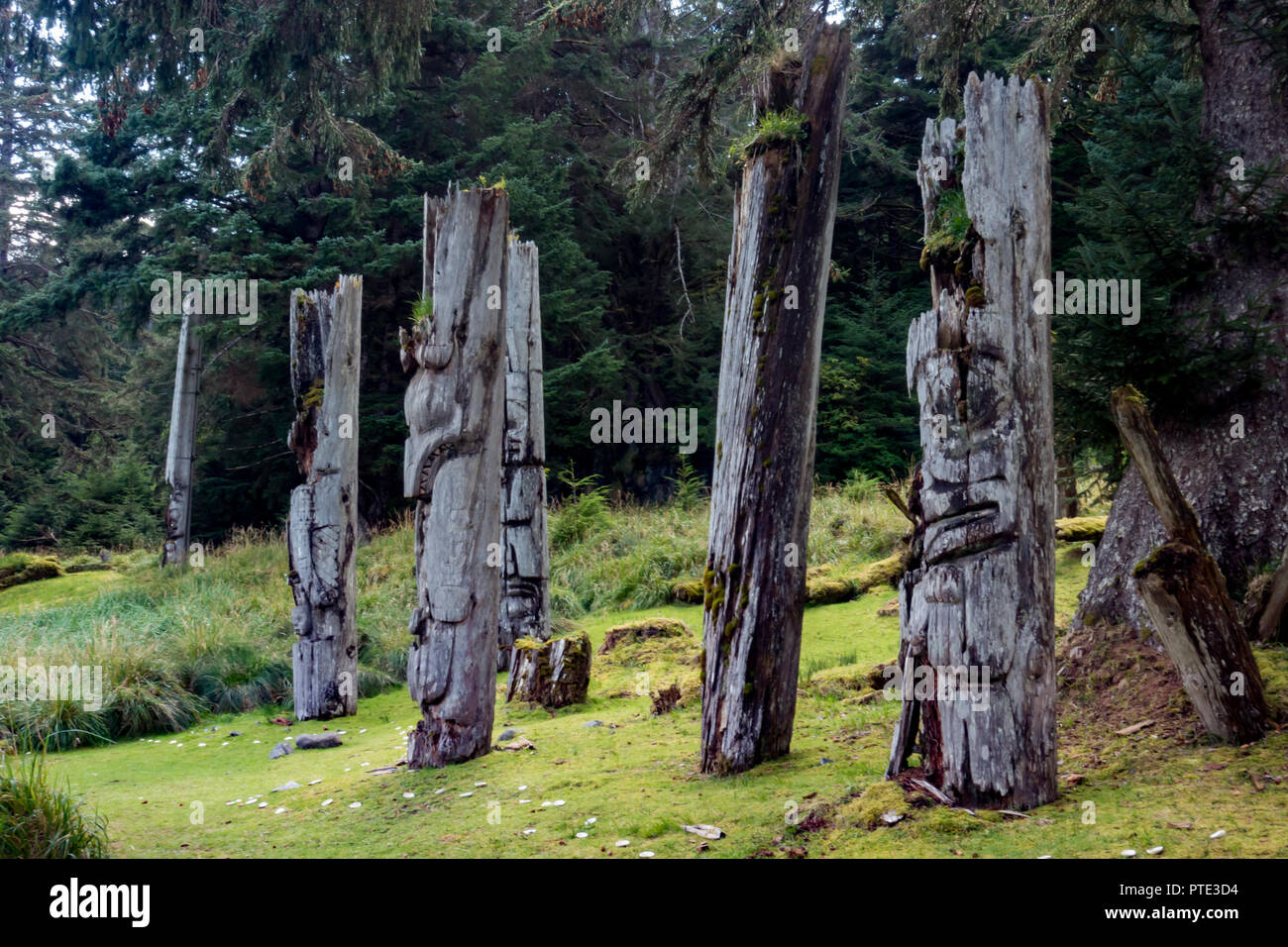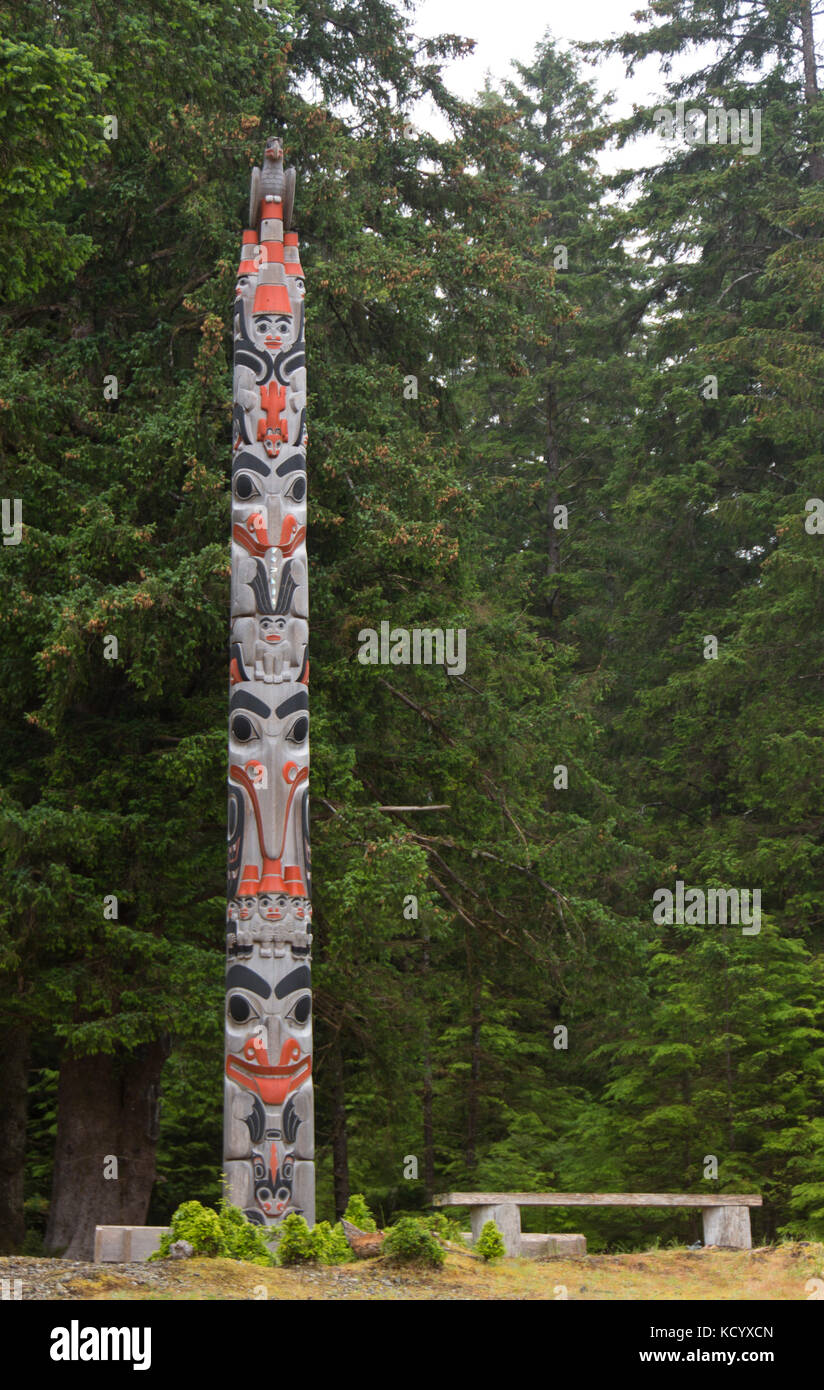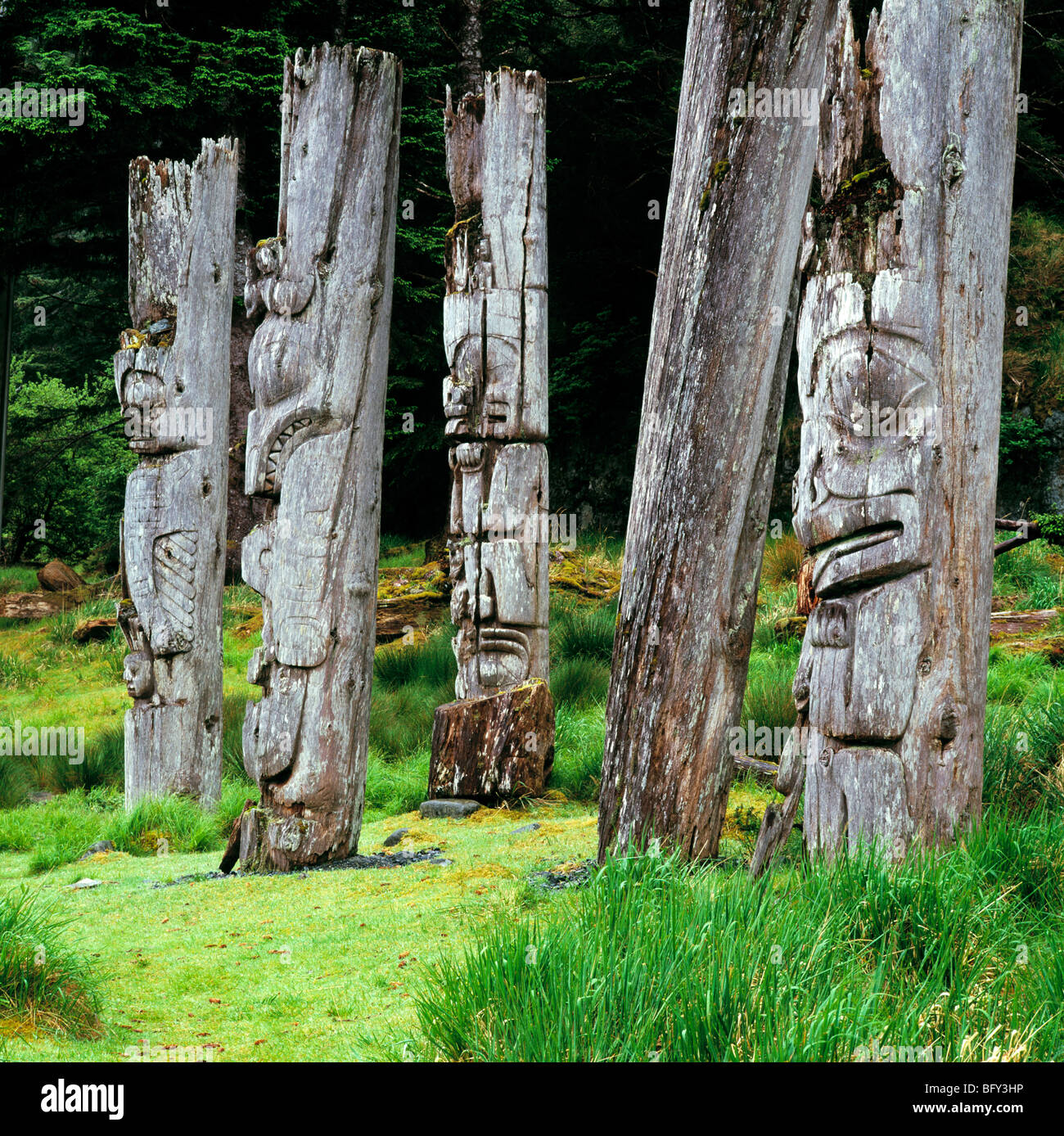
Echoes in Cedar: The Enduring Spirit of Haida Gwaii’s Totem Pole Parks
The mist hangs heavy over the ancient rainforest, clinging to the colossal Sitka spruces and Western Red Cedars that dominate the landscape of Haida Gwaii. This archipelago, often called the "Islands at the Edge of the World," is a realm apart – a place where time moves differently, and the whispers of history are carried on the wind. It is here, amidst this raw, untamed beauty, that the most profound expressions of Haida culture stand sentinel: the totem poles, not mere carvings, but living monuments, libraries of a people’s soul.
For visitors to Haida Gwaii, exploring the totem pole parks is less a tourist excursion and more a pilgrimage. It’s an immersion into a profound cultural landscape, a testament to resilience, artistry, and an unbreakable connection to the land. These poles, towering sentinels of cedar, tell stories of lineage, crests, myths, and historical events, each carved figure a syllable in a complex visual language passed down through generations.

Gwaii Haanas: Where Land, Sea, and People Are One
The crown jewel of Haida Gwaii’s cultural preservation efforts is undoubtedly Gwaii Haanas National Park Reserve, Haida Heritage Site, and Marine Protected Area. This unique designation, a model of collaborative management between the Haida Nation and the Government of Canada, embodies the Haida philosophy of "Xaayda Gwaay.yaay," meaning "Land, Sea, and People are One." Covering the southern third of the archipelago, Gwaii Haanas is a remote wilderness, accessible primarily by boat or floatplane, and its very inaccessibility contributes to its mystique and preservation.
Within Gwaii Haanas lie the remnants of ancient Haida villages, silent testaments to a vibrant past. Here, the totem poles stand in various states of decay, slowly returning to the earth from which they came, their forms softened by moss and time. This natural cycle of decay and renewal is integral to the Haida worldview; unlike many cultures that strive for permanence, the Haida understood that their cedar monuments were temporary, designed to return to the forest, their stories carried on by the next generation of carvers and storytellers.
One of the most poignant sites within Gwaii Haanas is SGang Gwaay (Ninstints), a UNESCO World Heritage Site. Designated in 1981, SGang Gwaay is unparalleled in its haunting beauty. Here, against the backdrop of the Pacific Ocean, a powerful tableau of poles stands weathered and worn, some upright, some leaning precariously, others collapsed into the forest floor. These are not modern replicas but original poles, dating back to the late 19th and early 20th centuries, left to slowly decompose as their creators intended.
"When you stand at SGang Gwaay, you’re not just looking at old wood," explains a Haida Watchman, one of the guardians who reside in the ancient villages during the summer months to protect the sites and share their knowledge. "You’re feeling the presence of generations. These poles are our ancestors, standing guard, still telling their stories in silence." The air here hums with a palpable energy, a profound sense of history that leaves an indelible mark on every visitor. The figures of Raven, Bear, Eagle, and Killer Whale, though faded, still convey a potent spiritual power, connecting the present to a past where Haida culture flourished for millennia.
The Great Silence and the Resurgence
The story of Haida totem poles, however, is not just one of ancient grandeur; it is also a narrative of profound loss and remarkable resurgence. The arrival of European traders and settlers in the 18th and 19th centuries brought devastating consequences. Diseases like smallpox, to which the Haida had no immunity, ravaged the population, reducing it by an estimated 90% in less than a century. Villages once teeming with life fell silent. Missionaries often discouraged or outright banned traditional cultural practices, including the carving of totem poles, viewing them as pagan idols.
The great potlatches, ceremonial feasts where poles were raised and wealth was redistributed, were outlawed by the Canadian government. Many poles were felled, either by the elements, by logging, or, tragically, by the Haida themselves under missionary pressure. The vibrant cultural landscape went quiet. Museums around the world acquired, often through dubious means, thousands of Haida artifacts, including significant totem poles, further emptying the cultural heart of the islands.

Yet, the Haida spirit endured. In the latter half of the 20th century, a powerful cultural renaissance began. Elders, who had quietly preserved the knowledge, began to teach the younger generations. The art of carving, never truly lost, began to flourish once more. This revival was not merely an artistic one; it was a profound act of self-determination, a reclamation of identity and sovereignty.
"Carving a pole is more than just shaping wood," says Christian White, a renowned Haida artist whose works now stand globally. "It’s about connecting with the ancestors, with the spirit of the cedar, with our history. Each cut is a prayer, a way of bringing our stories back to life."
The Haida Heritage Centre: A Living Cultural Hub
A stark contrast to the ancient, decaying poles of Gwaii Haanas is found at the Haida Heritage Centre at Kay Llnagaay near Skidegate. This magnificent complex is a vibrant testament to the living, breathing culture of the Haida people. Built in the traditional longhouse style, with soaring cedar beams and intricate carvings, the centre houses a museum, a carving shed, a performing arts space, and archives.
Outside the Heritage Centre, a forest of newly carved totem poles stands proudly. Unlike their ancient counterparts at SGang Gwaay, these poles are brightly painted, their forms sharp and dynamic. They represent the continuing vitality of Haida art and tradition. Each pole here tells a contemporary story, often commemorating significant events or individuals, but always rooted in the deep visual language of Haida art. They are a declaration that the Haida are not just a people of the past, but a thriving nation in the present, actively shaping their future.
Visitors can often witness carvers at work in the carving shed, the rhythmic sound of adzes on cedar echoing through the space. This direct engagement with the creative process offers a powerful insight into the dedication and skill required for this monumental art form. The new poles here are not just for show; they are integral to ongoing cultural practices, raised with community celebrations and potlatches, just as they were for millennia.
The Watchmen: Guardians of the Past, Guides to the Future
Integral to the experience of visiting the remote totem pole sites in Gwaii Haanas are the Haida Watchmen. These dedicated individuals, often elders or cultural knowledge holders, spend their summers living in the ancient village sites, acting as guardians, interpreters, and storytellers. They provide a unique and invaluable connection to the land and its history.
"We are here to protect these places, yes," explains a Watchman at Hlk’yah GaawGa (Windy Bay), where a significant Legacy Pole was raised in 2013, the first in the area in 130 years. "But we are also here to share our knowledge, to ensure that these stories continue to be told. We are a bridge between the past and the present for our people, and for our guests." Their presence ensures that visitors understand the sacredness of the sites, fostering respect and a deeper appreciation for the cultural landscape.
Enduring Legacy
The totem pole parks of Haida Gwaii are more than just collections of carved wood. They are a powerful, living narrative of a people’s journey – from pre-contact vibrancy to colonial trauma, and ultimately, to a profound and inspiring resurgence. They stand as testaments to the enduring power of art, culture, and identity in the face of adversity.
As the mists of Haida Gwaii continue to swirl around these cedar sentinels, they carry with them the echoes of ancient songs, the rustle of traditional dances, and the unbroken spirit of the Haida Nation. Visiting these sites is not just seeing history; it is feeling it, breathing it, and understanding that the stories carved into the poles continue to unfold, vibrant and resilient, at the edge of the world. The poles are silent, yet they speak volumes, reminding us that true heritage is never truly lost, only waiting for the moment to rise again.


